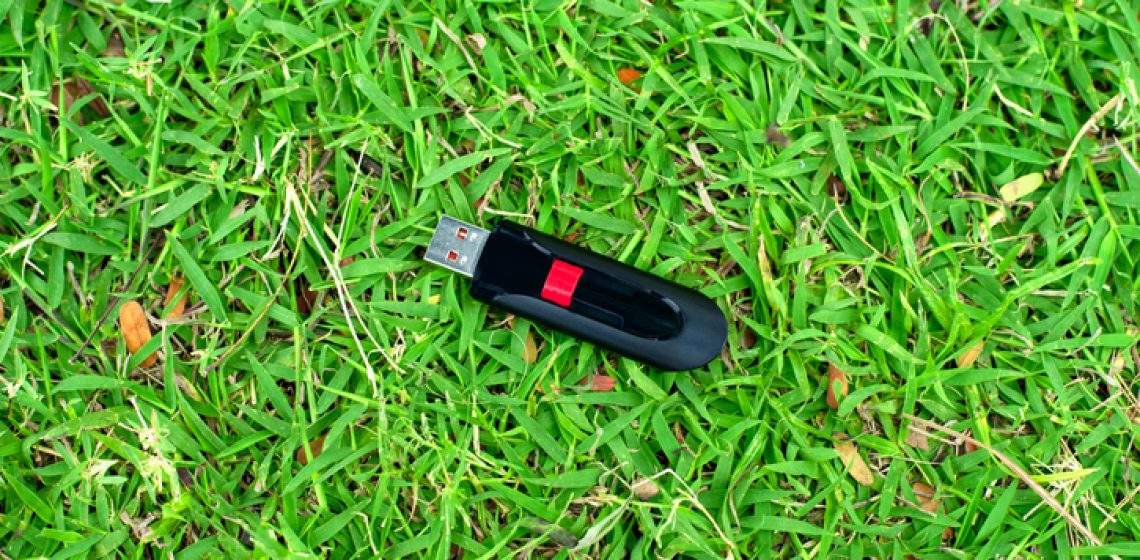How Vulnerable is Your Data if Your USB is Lost?

- Joseph Chen
- Published on
Remember the security breach incident when an airport staff member lost a USB stick containing sensitive data, including the late Queen’s security and travel arrangements? That’s a dramatic example of the common risk of losing an unencrypted flash drive. If your drive isn’t properly secured, anyone who finds it can access everything on it.
Why Passwords Aren’t Enough
Most people rely on simple file encryption or password-protected folders. But these basic solutions don’t secure the device itself. A determined attacker can bypass them. If you’re using a traditional flash drive, you need more than USB encryption software. You need full-drive, hardware-level protection.
Use Hardware Encryption to Lock the Whole Drive
Modern self-encrypting drives (SEDs) come with built-in hardware encryption that locks down the entire device, not just the files. This turns your USB into a truly secure USB drive or even the most secure external hard drive, depending on the setup. The key is activating that encryption with the right software to lock the USB drive.
How to Check and Protect Your Drive
Look for a Physical Security ID (PSID) on the drive label and support for Opal 1.0, 2.0, or Pyrite protocols. These markers mean your drive can be secured at the firmware level. Once confirmed, you can turn any compatible drive into a totally secure USB that no one can access no matter what.
Opal Lock is a simple way to check and protect your drive. It activates and manages hardware-based encryption across USB, SATA, and NVMe drives. Since 2021, professionals and organizations have relied on Opal Lock to truly secure USB devices. Even if lost or stolen, your data stays protected and unrecoverable to anyone but you.

